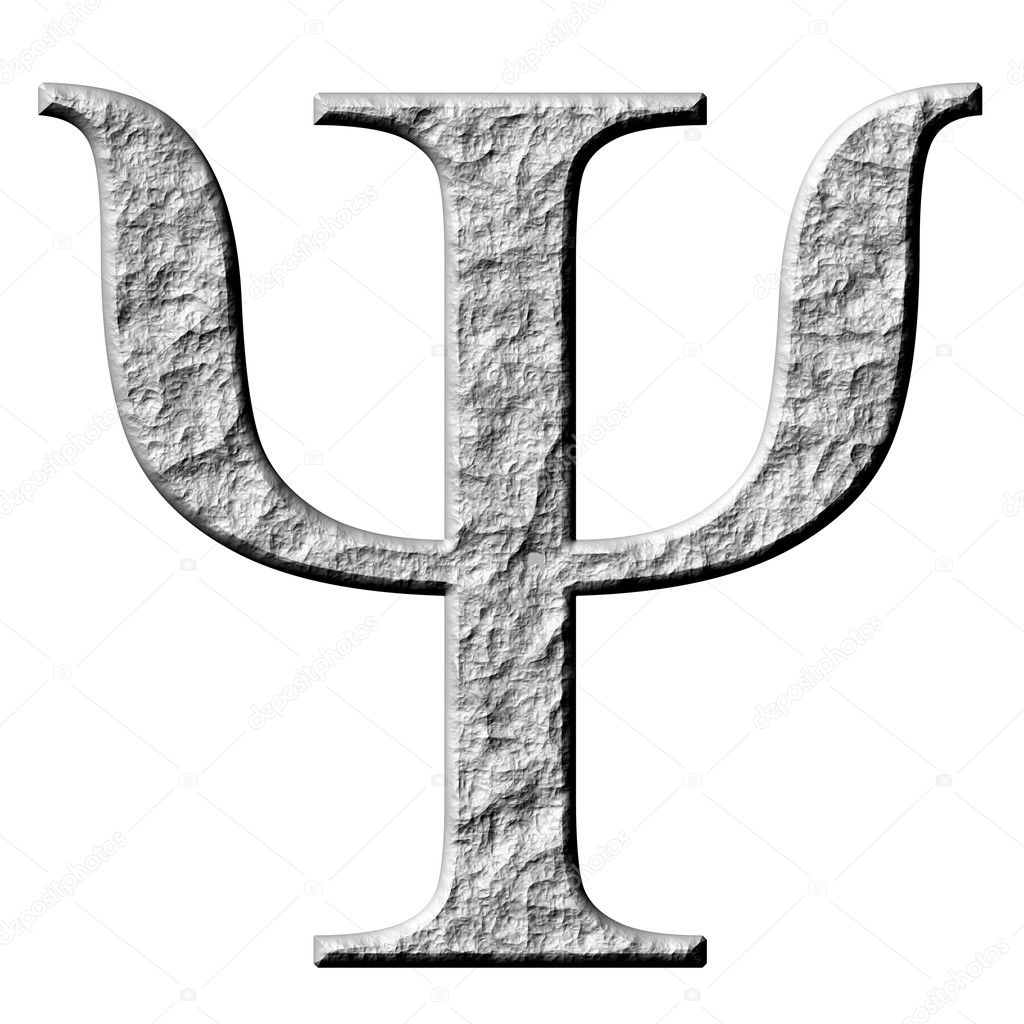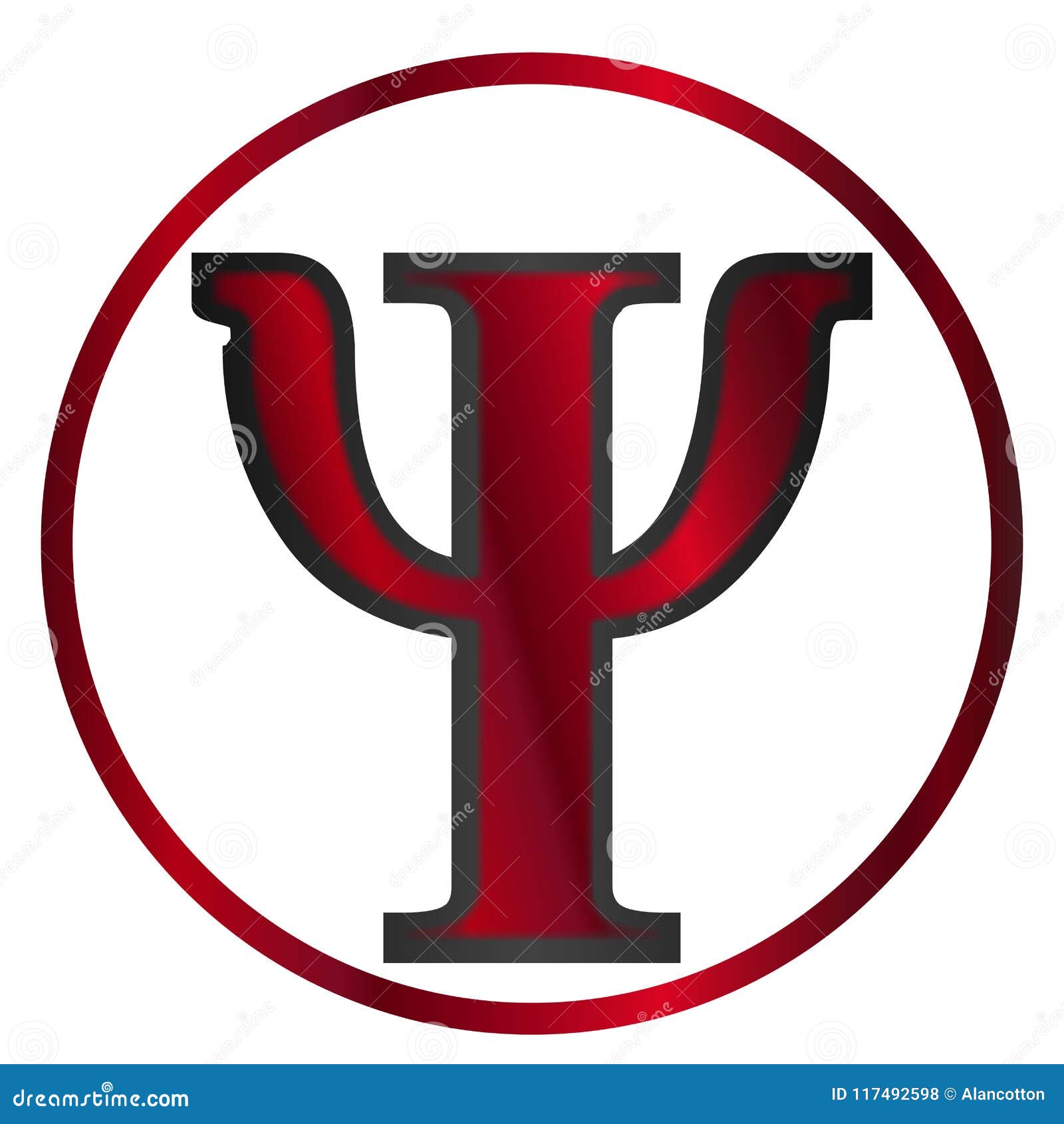


The sixth Greek letter zeta ( ζήτα ) is written as Ζ in uppercase and ζ in lowercase. Epsilon symbol denotes dual numbers and the Heaviside step function in mathematics along with some other things in other scientific areas. Delta symbol is used to denote deflection in engineering, density and angles along other things in science EpsilonĮpsilon ( έψιλον ) is the fifth letter of the Greek alphabet and it is written as Ε in uppercase and ε in lowercase. Deltaĭelta ( δέλτα ) is the fourth letter in the Greek alphabet It is written as Δ in uppercase and δ in lowercase. Gamma symbol is sued to denote propagation constants, specific gravity, electrical conductivity and complex propagation constants among other things. GammaĪs the third one in our list of Greek letters/Greek symbols, gamma ( γάμμα ) is written as Γ in uppercase and γ in lowercase. In addition to coefficients and angles, it is used to denote phase constants. Beta is written as B in uppercase and β in lowercase. If you would like to read more about the alpha symbol and its many meanings, check out our detailed article below: Betaīeta (βήτα) is the second letter in the Greek alphabet. It also has a powerful religious meaning within the context it was used in the Bible verses when God made the statement “I am the Alpha and Omega” as in “I am the beginning and the end of everything”. Alpha is written as A in uppercase and α in lowercase.Īlpha symbol is used to denote many things including absorption factor, area, angles and coefficients In analytic number theory, chi is used for the Dirichlet character.Alpha ( άλφα ) is the first letter of the Greek alphabet. In graph theory, a lowercase chi is used to represent a graph's chromatic number. In mechanical engineering, chi is used as a symbol for the reduction factor of relevant buckling loads in the EN 1993, a European Standard for the design of steel structures. In rhetoric, both chiastic structure (a literary device) and the figure of speech Chiasmus derive from their names from the shape of the letter Chi. In statistics, the term chi-squared or χ 2 denotes electric or magnetic susceptibility. Stylized Greek text should be encoded using the normal Greek letters, with markup and formatting to indicate text style. These characters are used only as mathematical symbols. LATIN SMALL LETTER CHI WITH LOW LEFT SERIF LATIN SMALL LETTER CHI WITH LOW RIGHT RING When fused within a single typespace with the Greek letter rho, it is called the labarum and used to represent the person of Jesus Christ.Ĭharacter encodings Greek chi Character information Plato's analogy, along with several other examples of chi as a symbol occur in Thomas Browne's discourse The Garden of Cyrus (1658).Ĭhi or X is often used to abbreviate the name Christ, as in the holiday Christmas ( Xmas). In Plato's Timaeus, it is explained that the two bands that form the soul of the world cross each other like the letter Χ. This was borrowed into the early Latin language, which led to the use of the letter X for the same sound in Latin, and many modern languages that use the Latin alphabet.Ĭhi was also included in the Cyrillic script as the letter Х, with the phonetic value /x/ or /h/.Ĭhi is the basis for the name literary chiastic structure and the name of chiasmus. In ancient times, some local forms of the Greek alphabet used the chi instead of xi to represent the /ks/ sound. In the system of Greek numerals, it has a value of 600. In addition, in Modern Greek, it is often also romanized as ⟨h⟩ or ⟨x⟩ in informal practice. In front of low or back vowels ( /a/, /o/ or /u/) and consonants, it is pronounced as a voiceless velar fricative ( ), as in German ach or Spanish j.Ĭhi is romanized as ⟨ch⟩ in most systematic transliteration conventions, but sometimes ⟨kh⟩ is used. In Modern Greek, it has two distinct pronunciations: In front of high or front vowels ( /e/ or /i/) it is pronounced as a voiceless palatal fricative, as in German ich or like the h in some pronunciations of the English words hew and human. In Koine Greek and later dialects it became a fricative ( / ) along with Θ and Φ. Its value in Ancient Greek was an aspirated velar stop /kʰ/ (in the Western Greek alphabet: /ks/). The Greek alphabet on a black figure vessel, with a cross-shaped chi Pronunciation Ancient Greek


 0 kommentar(er)
0 kommentar(er)
